HEROS 3: new altitude world record for hybrid student rockets
On November 8th, 2016 at 10:30 a.m. our hybrid sounding rocket HEROS 3 was launched from the ESRANGE Space Center to an apogee altitude of 32,300m (106,000 ft). This set a new altitude record for European student and amateur rocketry and a world altitude record for hybrid rockets built by students. The 7.5m long rocket was using nitrous oxide (N2O) and a paraffin-based fuel to produce 10,000N of thrust. The dry mass of the rocket was only 75 kg as its structure was mainly made out of carbon fibre.

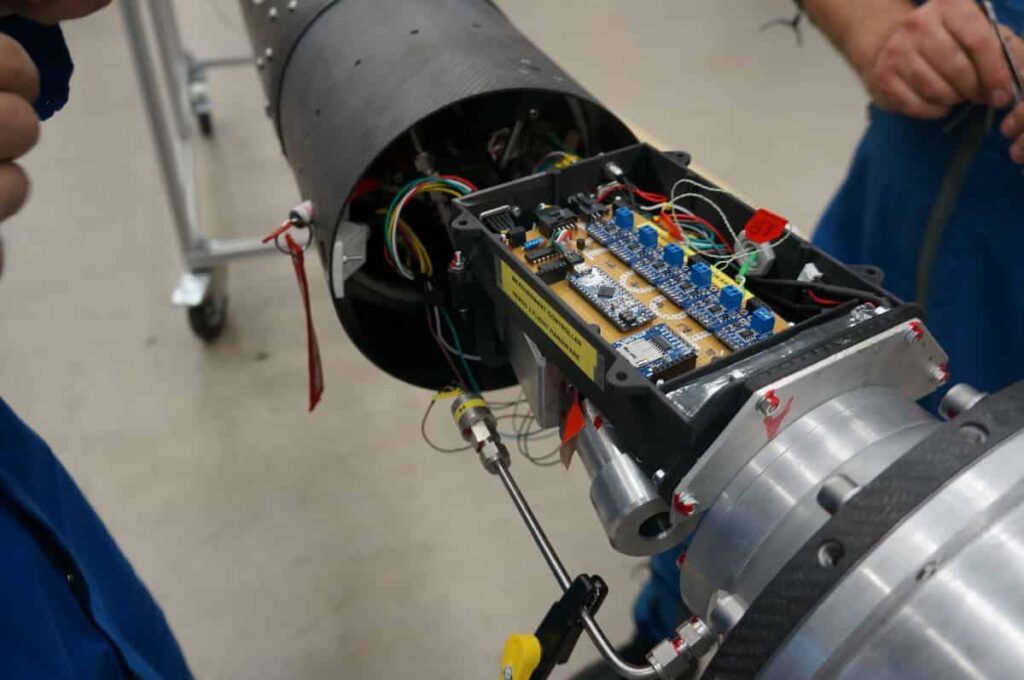
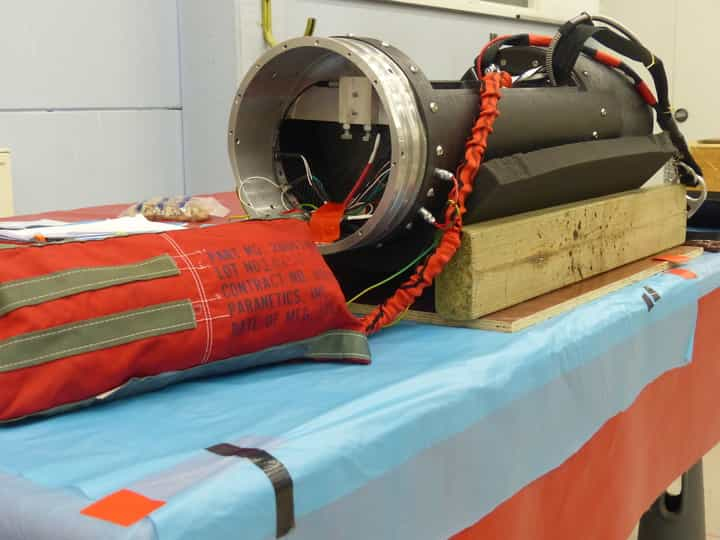
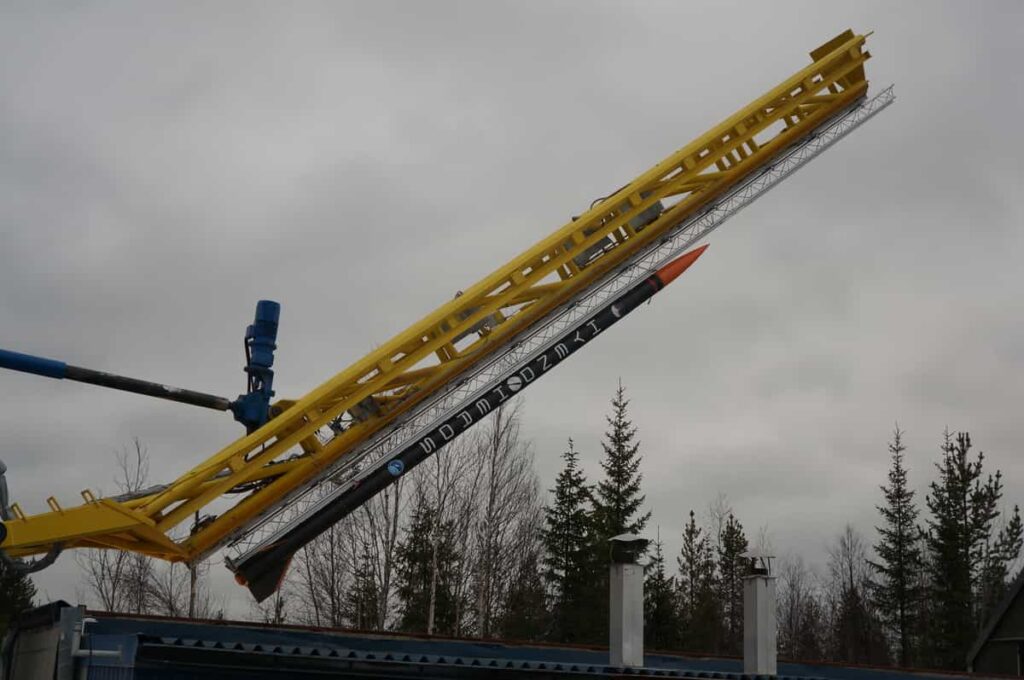

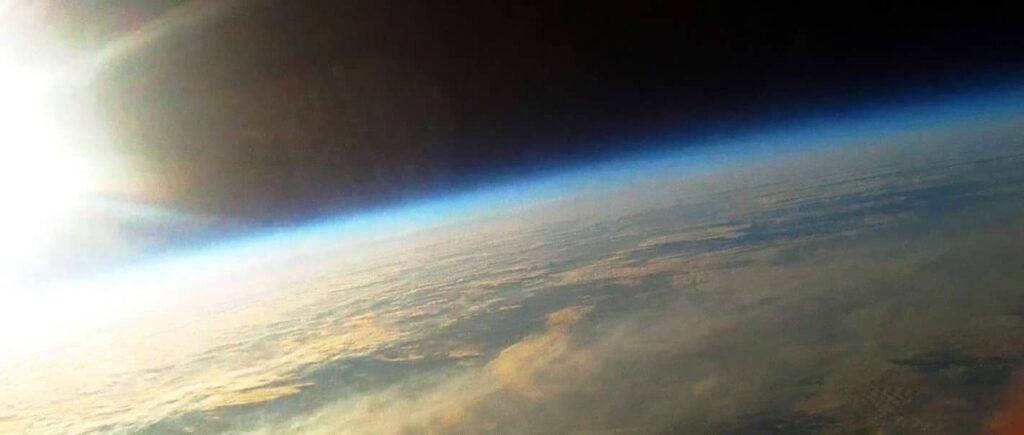
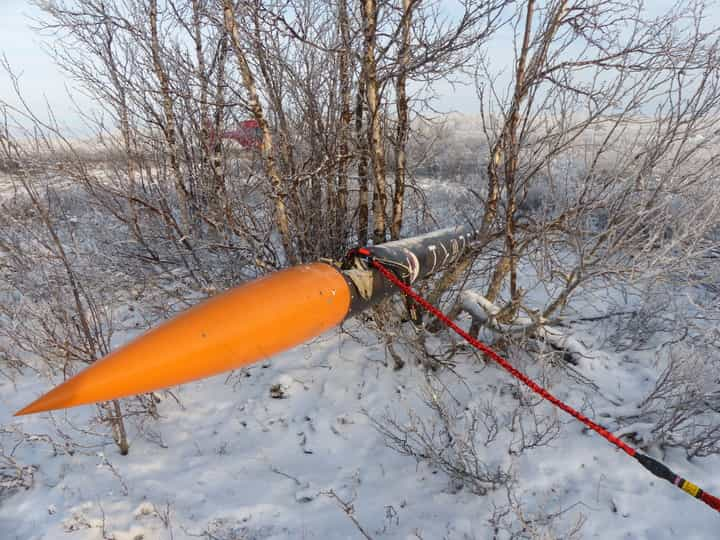
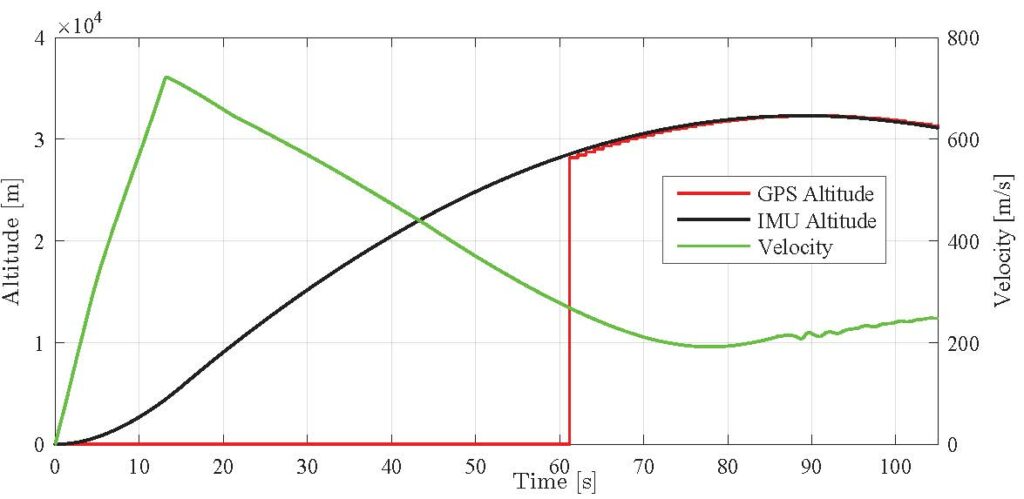
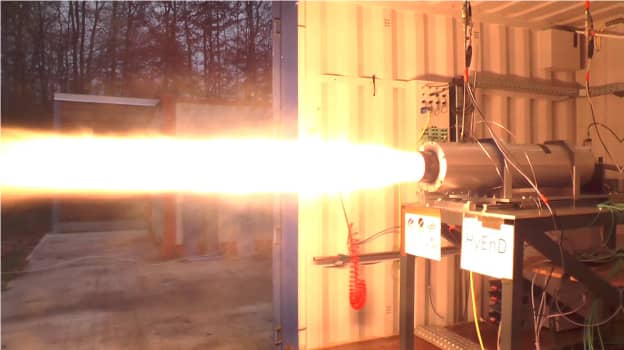
HEROS 3 launched under perfect weather and visibility conditions, reaching a maximum velocity of 720 m/s or Mach 2.3. It performed a soft landing with two parachutes and can be reused. Flight data and engine performance data can be viewed below. The flight data shows excellent stability of the rocket. Engine performance data proves very high efficiency and stable combustion as in the ground tests. We would like to thank the DLR for their continous support throughout the 3 STERN launch campaigns
If you want to know more, have a look at the following references and articles:
Third STERN campaign – New altitude record for student rockets
HEROS 2
HEROS 2 was launched from the Mobile Rocket Launcher (MRL) in ESRANGE at 12:00 p.m. on October 31st, 2016. The countdown went smoothly; filling of the tank with N2O was completed rapidly and the heating system ensured an appropriate temperature of the nitrous oxide, despite harsh weather conditions. The ground and on-board electronics worked flawlessly throughout the countdown. The ground camera system recorded lots of fantastic video footage of the lift-off and ascent. It can be seen that the rocket plume is very clear and free of soot, remarking the high efficiency of the engine.
However, an electronic interference right at T-0 caused a failure of the on-board electronics and telemetry system. Without a telemetry signal it was not possible to get any positional data during and after the flight of HEROS 2. The recovery system was most likely affected by this failure, as its triggers relied on sensoric data of the telemetry system. A helicopter team searched at the nominal impact point, unfortunately without success. The video material and sound recordings were analyzed and all evidence suggests that the hybrid rocket engine HyRES worked nominally during the whole ascent of the rocket. In the following days the failure was investigated in detail and it was shown that an electronic interference with the main ignition impulse induced a voltage in the connecting line between the ground support computer and the rockets on-board electronics. This voltage was high enough to generate a shut-off signal in the command line. Several successfully tested improvements were made to prevent this malfunction from happening on the third HEROS flight.
HEROS 1
On September 1st, 2012, the DLR’s STERN program started for the University of Stuttgart. Over the course of three years, students built a sounding rocket capable of reaching an altitude of 20km. HyEnD’s competition entry HEROS (Hybrid Experimental ROcket Stuttgart) uses a hybrid engine called HyRES, also developed by HyEnD as part of the STERN program. HyRES uses paraffin as solid fuel grain and nitrous oxide as liquide oxidizer. This combination of propellants can be handled with reasonable safety and relative ease, thus making it a perfect candidate for a student team. Over the course of the project we built two demonstrators to test launch operations as well as a subscale version of the engine as proof of concept. The engines were tested at DLR’s site in Lampoldshausen, on a test stand developed by former members of HyEnD. In October 2015, HEROS was launched from Kiruna, Sweden, a launch site used for many European sounding rockets.
Foundations
HEROS relied on HyEnD’s experience with hybrid rocket engines, dating back to its foundation in 2006 as part of a youth project by the Deutsche Gesellschaft für Luft- und Raumfahrt (DGLR) at University of Stuttgart. The results of their work were published and presented at several conferences, such as the Space Propulsion 2012 conference in Bordeaux and the Deutscher Luft- und Raumfahrtkongress (German Aerospace Congress) in 2009 and 2012. Since 2011, HyEnD’s engines are test fired at the DLR Lampoldshausen.
Development
As part of the program, all systems used by the rocket and the launch equipment had to be developed by HyEnD themselves. This includes the engine, structure, recovery system, electronics, aerodynamic and flight simulations, the refuelling system and much more. Beside the technical challenges, it also required an efficient documentation of progress, logistics and expenditures. Moreover, HEROS had to pass 5 review exams by the DLR Lampoldshausen and their Mobile Rocket Base (MORABA), during which technical and programmatical progress was presented and checked for risks and problems by internal experts. The skills and experience aquired during the STERN programme will benefit all participants throughout their future career in the aerospace industry.
Progress
After more than one year in development, HEROS passed the Preliminary Design Review (PDR) on December 4th 2013. The STERN managers mandated only minor corrections. In the following year, until November 2014, the design was finalised and passed the Critical Design Review (CDR). At this point, we were projecting a launch in 2015 with a maximum altitude of 20km. On November 14th, the proprietary engine HyRES was successfully tested for the first time, burning for almost 10s. The Integration Progress Review in May 2015 confirmed the successful interaction of the various components and subsystems. On September 2nd, the Rocket Acceptance Review was held at the DLR Lampoldshausen. The reviewing parties, employees of DLR MORABA and DLR Lampoldshausen, were presented the current project status and shown the integration of the rocket. By passing this review, HEROS received launch clearance for October in Kiruna.
Launch
On October 16th, our launch campaign started at the Esrange launch site in northern Sweden. HEROS was equipped with HyRES, now achieving a thrust of more than 10kN. After complete integration of the rocket, it passed the final Flight Readiness Review on October 21st and was cleared for launch on the following day. Shortly after the launch on October 22nd the rocket was damaged, greatly reducing its maximum altitude. Fortunately, telemetry and recovery worked as planned and allowed the rocket to be recovered shortly thereafter. Further examination pointed to a structural failure caused by combustion instabilities as the root cause. The experience gained from the launch campaign laid the foundation for further development of HEROS’s successors, HEROS II and III.